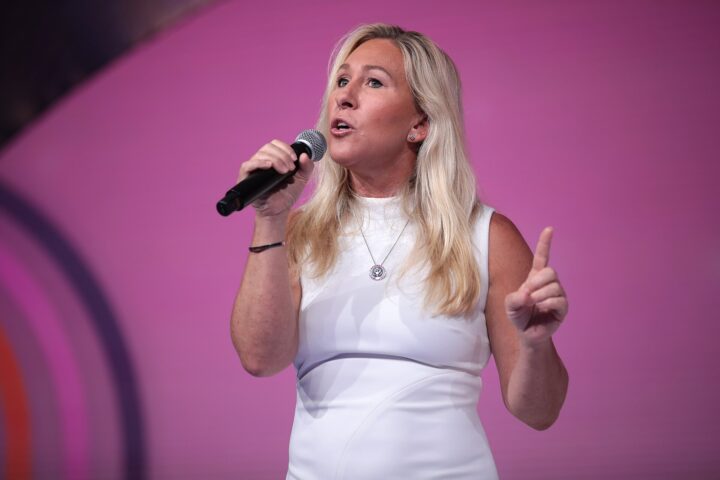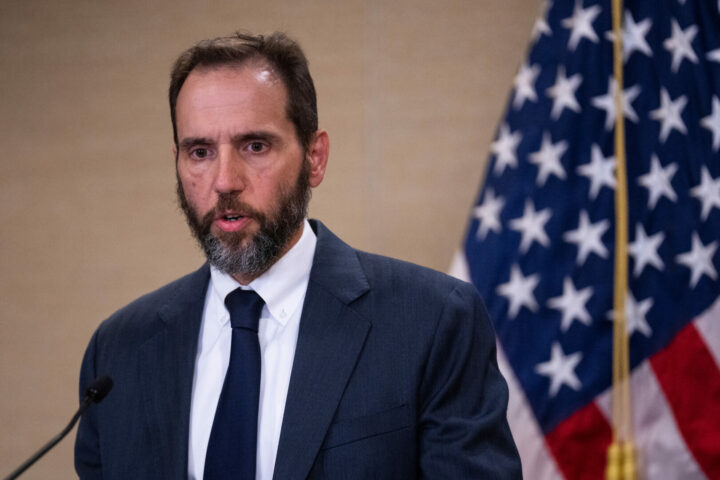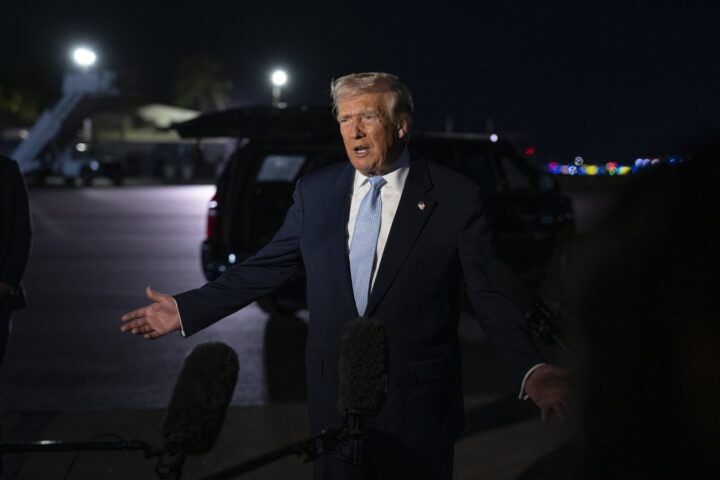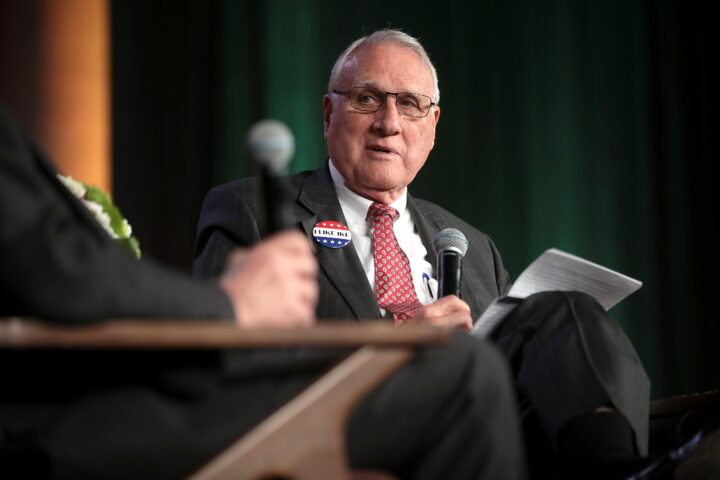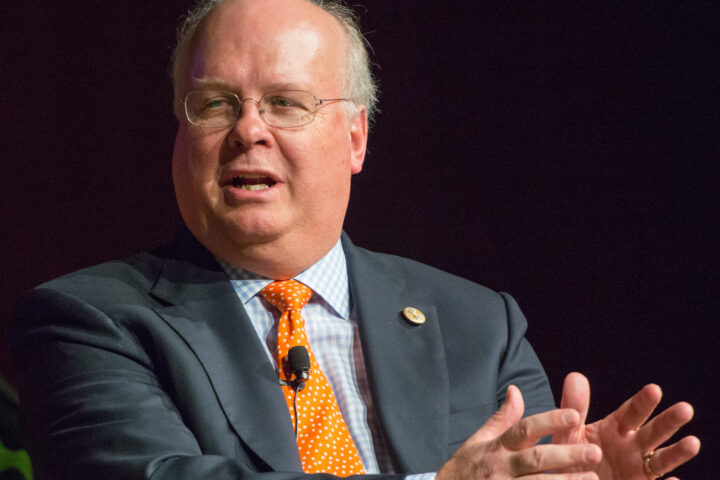President Donald J. Trump, citing concerns over what he calls “partisan narratives” in America’s most prominent museums, has now reportedly ordered a sweeping review of exhibits across the Smithsonian Institution.
The move comes as the nation prepares to mark its 250th anniversary — and as the administration says it intends to “restore truth and sanity” to the telling of American history.
The president’s team says the review will address the perceived drift of Washington’s cultural institutions toward what they describe as left-wing interpretations of historical events, gender ideology, and identity politics.
“This initiative aims to ensure alignment with the President’s directive to celebrate American exceptionalism, remove divisive or partisan narratives, and restore confidence in our shared cultural institutions,” Trump officials Lindsey Halligan, Vince Haley, and Russ Vought wrote in an Aug. 12 letter to Smithsonian Secretary Lonnie Bunch.
Halligan, a Special Assistant to the President, said the effort would be rooted in “accuracy, excellence, and the richness of our shared history,” while acknowledging that “certain ideological influences have permeated the Smithsonian over time.”
Critics have long charged that some Smithsonian displays lean heavily on themes of race, gender, and political activism — often with a distinctly progressive framing.
At the National Museum of American History, visitors entering through Constitution Avenue encounter a “Pride Progress” flag, prominently featuring transgender colors and references to “LGBTQ people of color.”
Elsewhere, a sports exhibit addresses gender testing in athletics, spotlighting athletes such as Caster Semenya and Mack Beggs, but omitting high-profile controversies over biological males competing in women’s sports.
Other exhibits, Trump’s allies say, downplay the nation’s founding in favor of narratives about slavery, immigration grievances, or environmental harm.
The “Many Voices, One Nation” installation, for example, devotes considerable attention to European disease transmission and the “unsettling of the continent.”
At the National Museum of the American Latino, the first major exhibit — “¡Presente! A Latino History of the United States” — depicts the United States as an aggressor that “stole” a third of Mexico in 1848 and recasts the Texas Revolution as a defense of slavery by Anglo settlers.
Absent, administration officials note, is serious treatment of the authoritarianism of figures like Fidel Castro or Hugo Chávez.
In other galleries, Black Lives Matter–themed displays, including video of the death of George Floyd juxtaposed with religious imagery, portray American policing as a site of systemic racial oppression.
Even the National Portrait Gallery’s caption for Trump’s own portrait lists his impeachments and the Jan. 6 Capitol riot before acknowledging his 2024 re-election.
Trump earlier removed Kim Sajet, the Portrait Gallery’s longtime director, describing her as “highly partisan” and “a strong supporter of DEI.” Sajet’s tenure, the administration argues, reflected the broader institutional shift toward ideological messaging.
The president’s March 27 executive order declared that the Smithsonian had “come under the influence of a divisive, race-centered ideology” and promised a course correction: “igniting the imagination of young minds, honoring the richness of American history and innovation, and instilling pride in the hearts of all Americans.”
[READ MORE: Trump’s Kennedy Center Honors Choices Signal Cultural Power Play]


